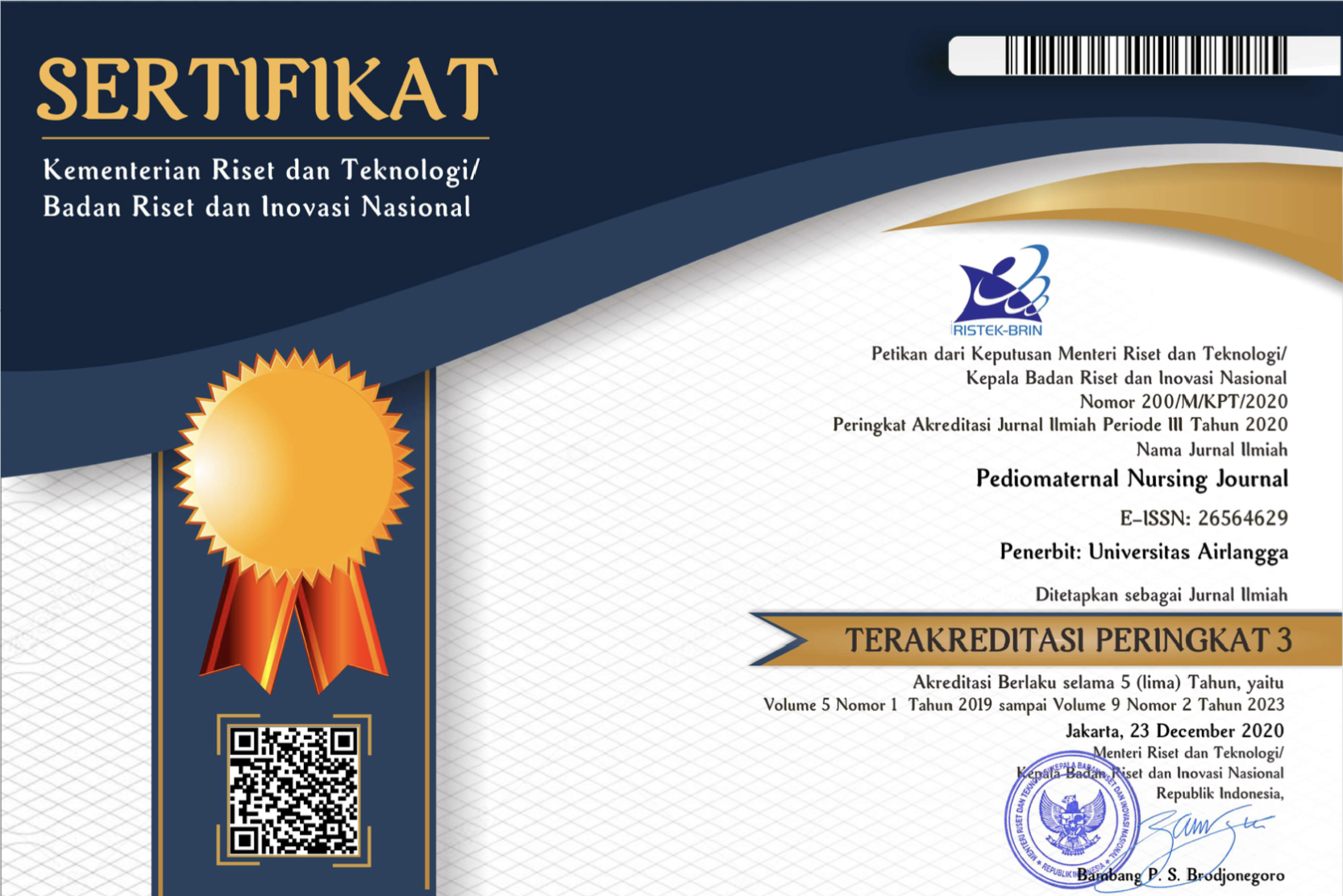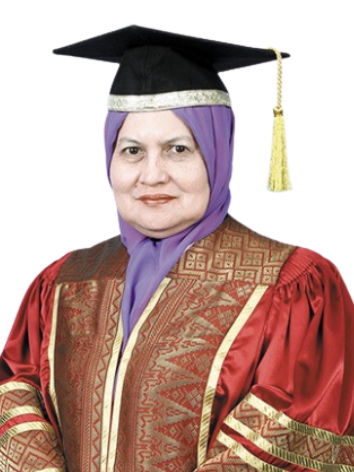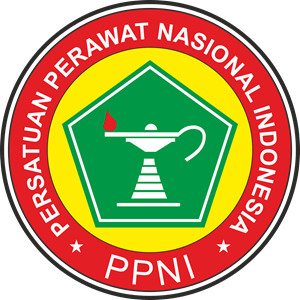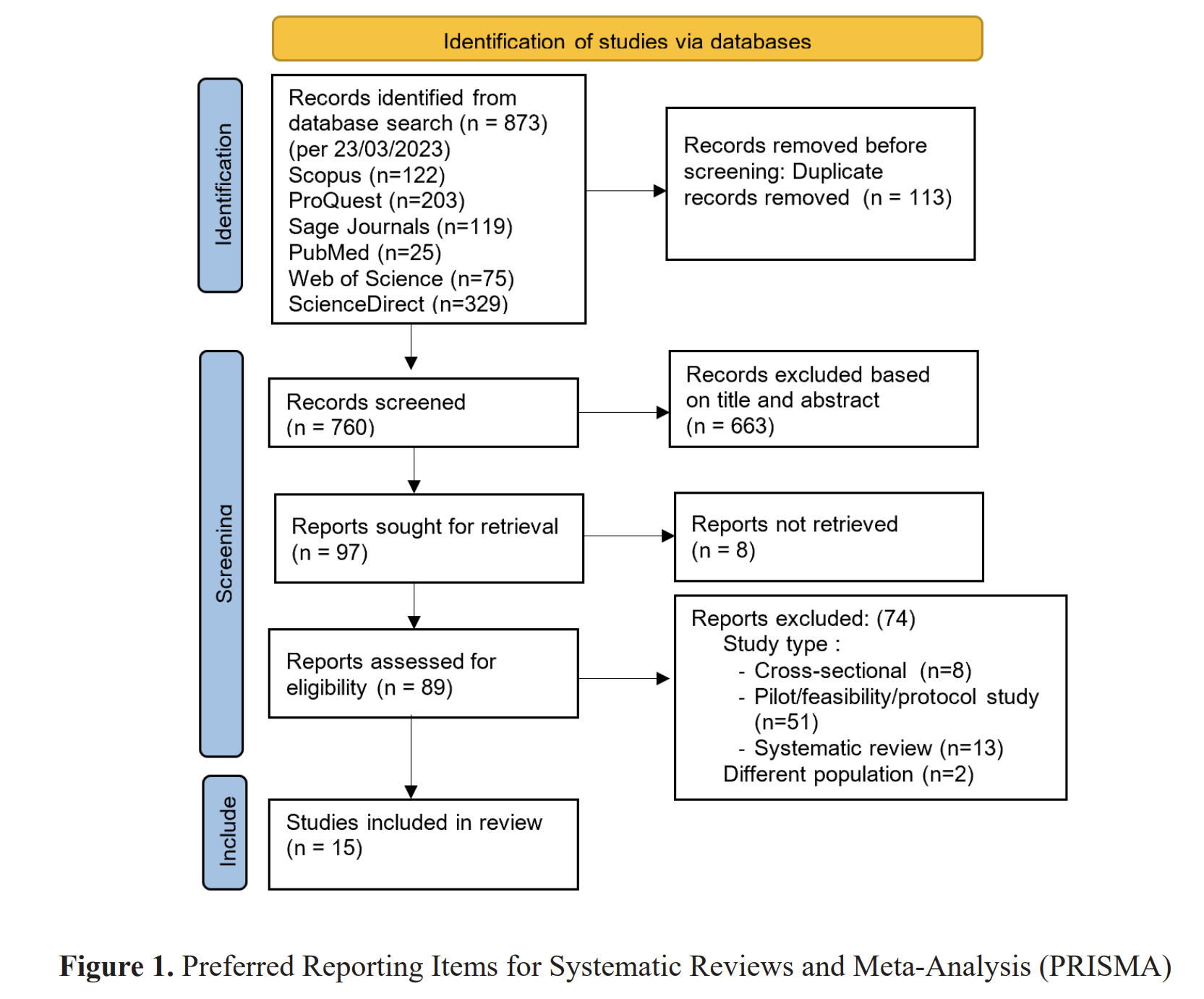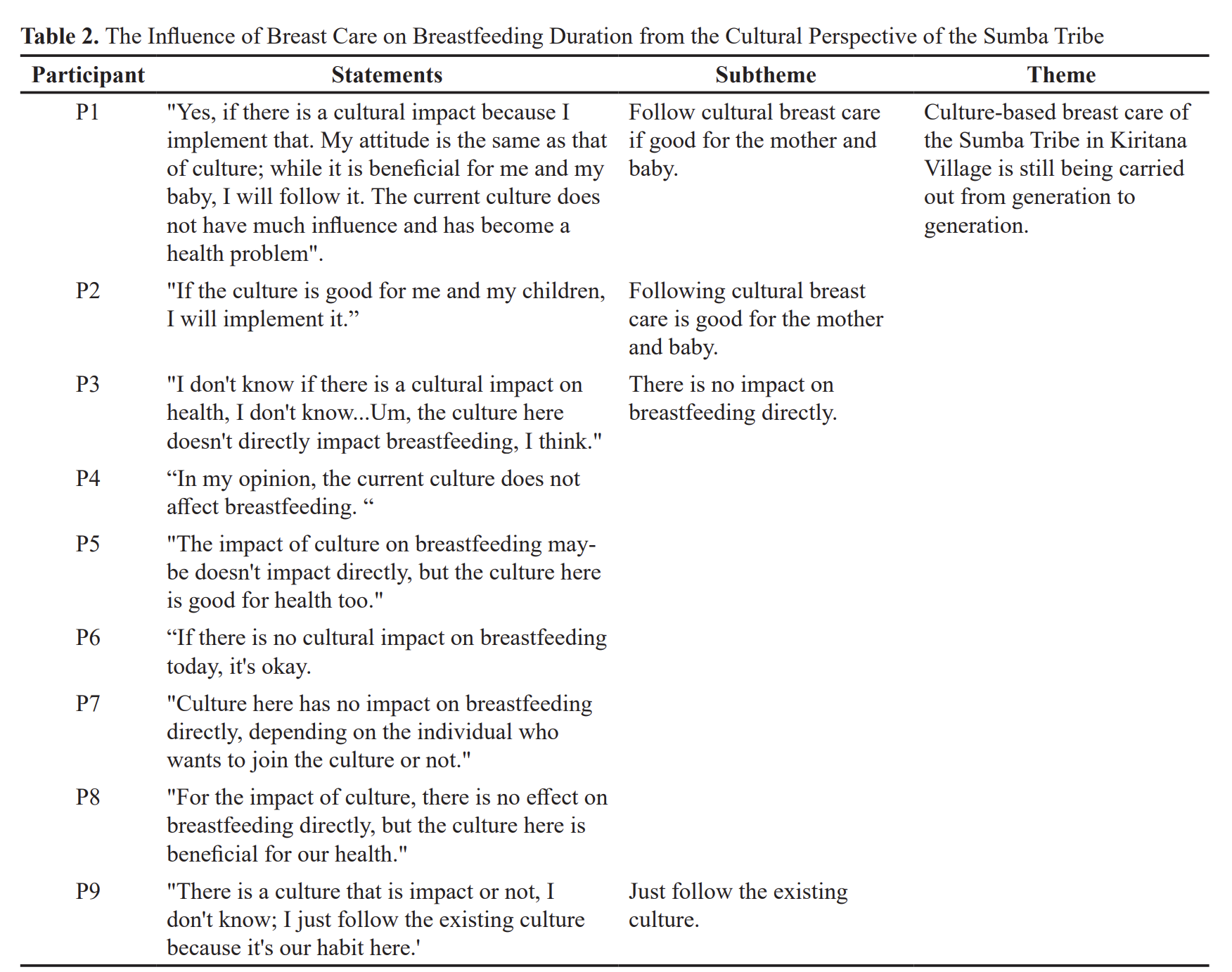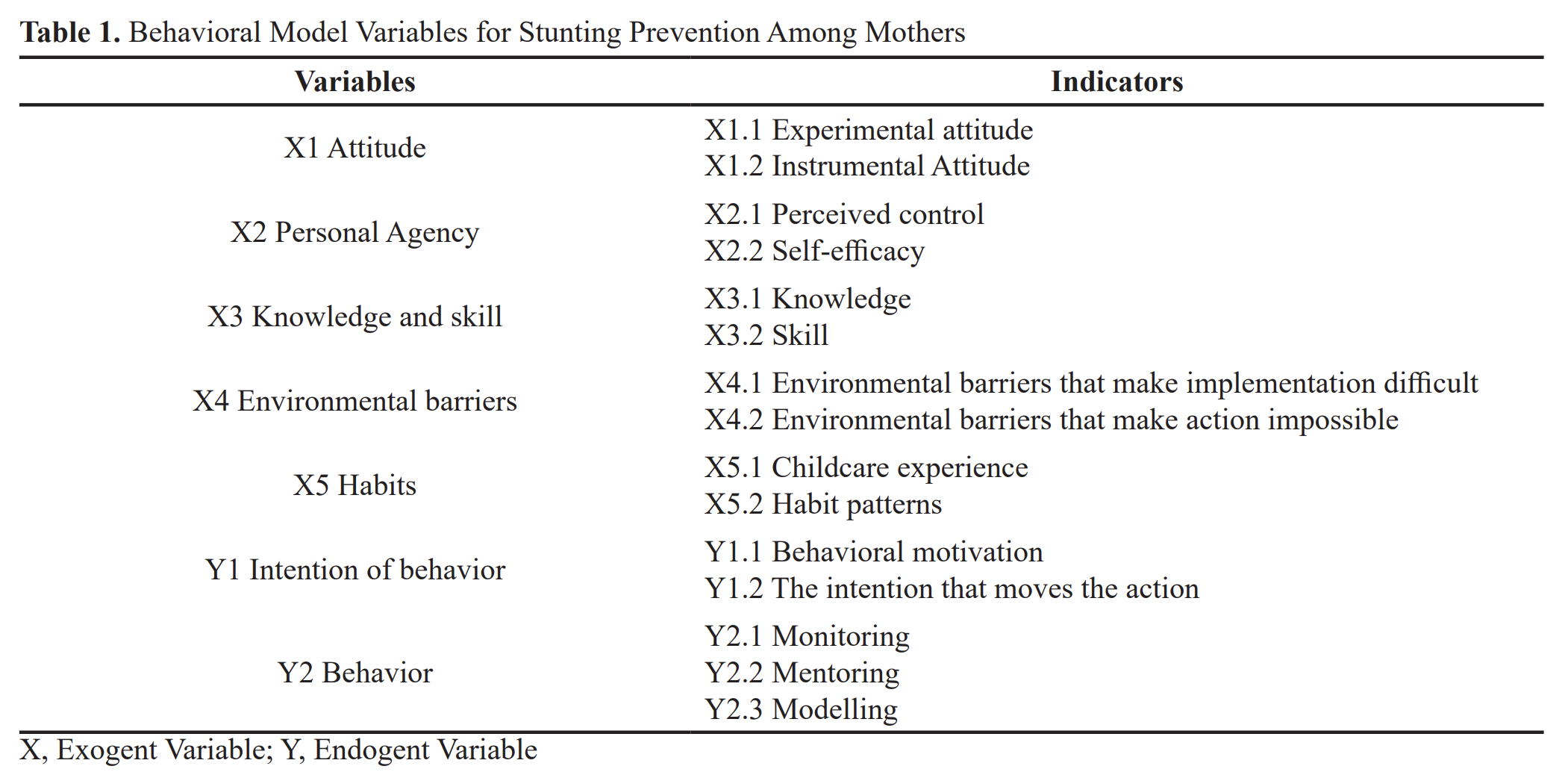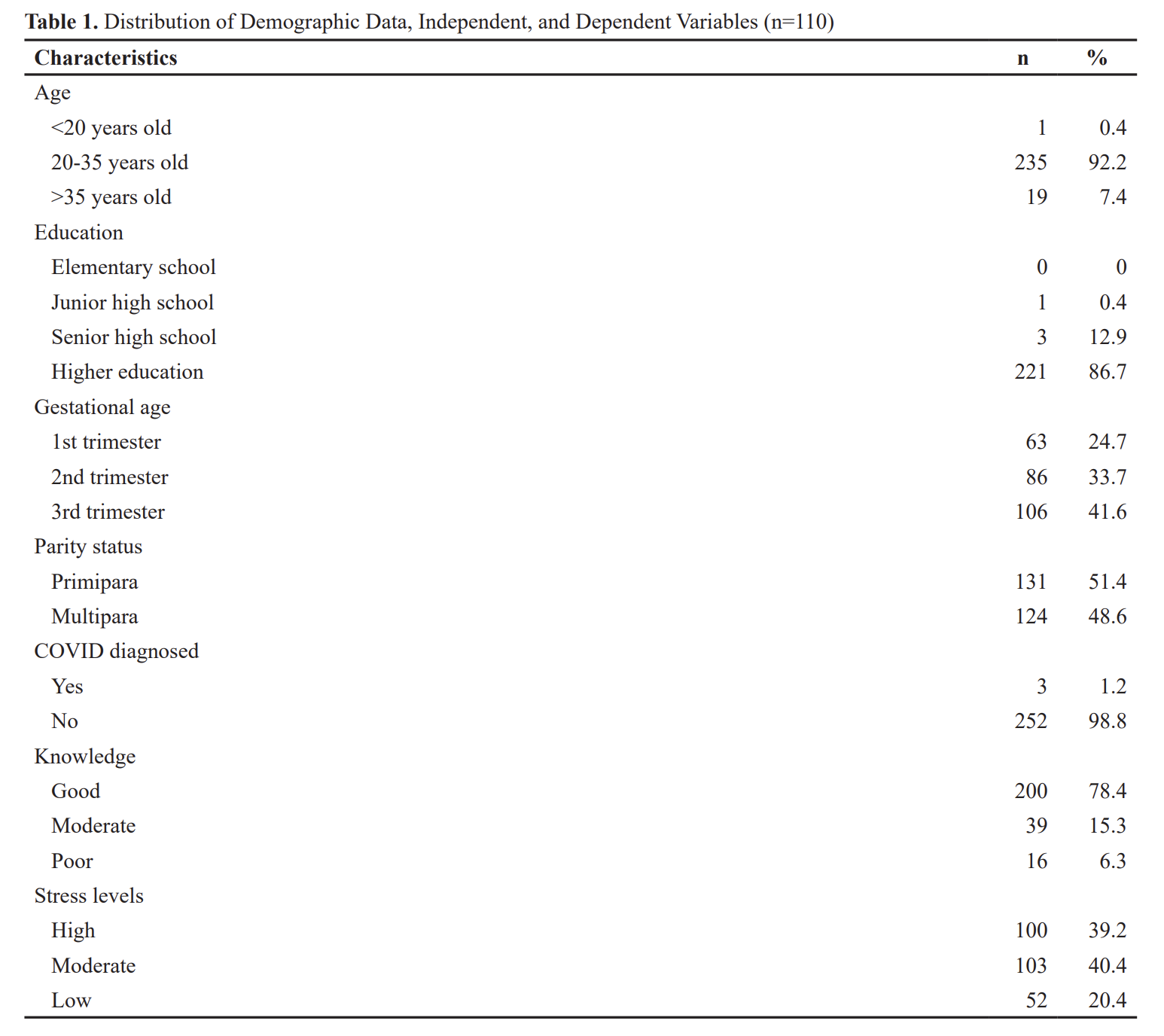The Relationship of The Implementation of Physical Distancing with The Level of Social Interaction in Children Aged 3-6 Years Old in Bantal Village, Asembagus District, Situbondo Regency
Downloads
Introduction: Social interaction played an important role in a child's daily life. If there was no balance of intelligence or interactive abilities, it would be difficult for children to live in society. During the Covid-19 pandemic, the government issued a physical distancing policy. Children couldn't meet and interact with their environment. The purpose of this study was to determine the relationship between the application of physical distancing and the level of development (social interaction) of children aged 3-6 years in Bantal Village.
Method: The research method used is quantitative with a cross-sectional approach design. The study was conducted 93 children with criteria aged 3-6 years who live in Bantal Village, Asembagus District. The exclusion criteria for sick children, have physical limitations and suffer from mental disorders using the purposive sampling technique. Data collection used measuring tools in the form of a questionnaire on the physical distancing and interaction rating scale (IRS) and used the chi-square for the statistical test.
Results: The results of the statistical analysis test using the chi-squere value obtained p<É‘ (p=0.001<0.05) so that there is a relationship between the application of physical distancing and the level of development (social interaction) of children aged 3-6 years in Bantal Village, Asembagus District, Situbondo Regency.
Conclusions: There was a relationship between the application of physical distancing and the level of development (social interaction) of children aged 3-6 years during the Covid-19 pandemic in Bantal Village.
Anung Ahadi Pradana , Casman, N. (2020). Pengaruh kebijakan. Pengaruh Kebijakan Social Distancing Pada Wabah Covid-19 Terhadap Kelompok Rentan Di Indonesia The, 09(02), 61–67.
Aprilia, C. S., & Hidayat, D. (2021). Perilaku Panic Buying dan Berita Hoaks Covid-19 Panic di Kota Bandung. Jurnal Communio : Jurnal Ilmu Komunikasi, 10(1), 36. https://ojs.unikom.ac.id/index.php/jipsi/article/view/3943
Fisik, P., Psikososial, D. A. N., Masa, P., & Tahun, K. A. (2017). Perkembangan fisik, kognitif, dan psikososial pada masa kanak-kanak awal 2-6 tahun. Perkembangan Fisik, Kognitif, Dan Psikososial Pada Masa Kanak-Kanak Awal 2-6 Tahun, III(1), 19–33.
Hasanah, A. (2019). Stimulasi Keterampilan Sosial Untuk Anak Usia Dini. Fascho : Jurnal Kajian Pendidikan Dan Sosial Kemasyarakatan, 1(1), 1–14.
Ilmiah, J., Pendidikan, M., & Usia, A. (2016). Perkembangan Sosial Emosional Anak Melalui Interaksi Sosial Dengan Teman Sebaya Di Paud Nurul Hidayah, Desa Lampuuk, Kabupaten Aceh Besar. 1(1), 60–67.
Isnainia, & Na'imah. (2020). Faktor yang Mempengaruhi Perkembangan Anak Usia Dini. Jurnal Pelita PAUD, 4(2), 197–207. https://doi.org/10.33222/pelitapaud.v4i2.968
Kemenkes RI. (2020). Pedoman Pencegahan dan Pengendalian Coronavirus Disease (COVID-19). Germas, 0–115.
Mansur, A. R. (2019). Tumbuh Kembang Anak Usia Prasekolah. In Andalas University Pres (Vol. 1, Issue 1).
Rinanti, R. (2016). Metode Bermain Peran untuk Meningkatkan Kemampuan Interaksi Sosial Siswa Taman Kanak-Kanak. JPsikosains, 11(2), 120–128.
Salim, H. M., Bintarti, T. W., Fitriyah, F. K., Alam, I. P., Muhammada, D. S., & Nisaussholihah, N. (2021). Upaya Meningkatkan Sistem Kekebalan Tubuh Anak Usia Sekolah di Masa Pandemi COVID-19. Abdimas: Jurnal Pengabdian Masyarakat Universitas Merdeka Malang, 6(2), 271–278. https://doi.org/10.26905/abdimas.v6i2.5001
Septiani, R., Widyaningsih, S., & Igohm, M. K. B. (2016). Tingkat Perkembangan Anak Pra Sekolah Usia 3-5 Tahun Yang Mengikuti Dan Tidak Mengikuti Pendidikan Anak Usia Dini (Paud). Jurnal Keperawatan Jiwa, 4(2), 114–125. https://jurnal.unimus.ac.id/index.php/JKJ/article/view/4398
Shalehah, A., Hidayatullah, M. S., Rachmah, D. N., Psikologi, P. S., Kedokteran, F., Mangkurat, U. L., & Yani, J. L. A. (2018). Penerapan Cooperative Play Dalam Bentuk Permainan the Application of Cooperative Play in the Form of Constructive Plays To. Kognisia, 1(2), 83–94.
Silawati, V., Nurpadilah, & Surtini. (2020). Deteksi Dini Pertumbuhan Dan Perkembangan Anak Usia Dini Di Pesantren Tapak Sunan Jakarta Timur Tahun 2019. BERNAS: Jurnal Pengabdian Kepada Masyarakat, 1(2), 88–93. https://doi.org/10.31949/jb.v1i2.249
Siti Rahma Harahap. (2020). Proses Interaksi Sosial Di Tengah Pandemi Virus Covid 19. AL-HIKMAH: Media Dakwah, Komunikasi, Sosial Dan Budaya, 11(1), 45–53. https://doi.org/10.32505/hikmah.v11i1.1837
Siva, E., & Rohmah, N. (2019). Hubungan Bermain dengan Interaksi Sosial pada Anak Usia Prasekolah (4-6 tahun) di RA. Nahdlatuth-Thalabah Kesilir Kecamatan Wuluhan. UNSPECIFIED Thesis, UNSPECIFIED.
UNICEF. (2020). COVID-19 and Children in Indonesia: An Agenda for Action to Address Socio-Economic Challenges. COVID-19 and Children in Indonesia, May, 1–12. https://www.unicef.org/press-releases/un-launches-global-
Wiresti, R. D. (2020). Analisis Dampak Work From Home pada Anak Usia Dini di Masa Pandemi Covid-19. Jurnal Obsesi : Jurnal Pendidikan Anak Usia Dini, 5(1), 641. https://doi.org/10.31004/obsesi.v5i1.563
Yuliana, Y. (2020). Corona virus diseases (Covid-19): Sebuah tinjauan literatur. Wellness And Healthy Magazine, 2(1), 187–192. https://doi.org/10.30604/well.95212020
Yunita, D., Luthfi, A., & Erlinawati, E. (2020). Hubungan Pemberian Stimulasi Dini Dengan Perkembangan Motorik Pada Balita Di Desa Tanjung Berulak Wilayah Kerja Puskesmas Kampar Tahun 2019. Jurnal Kesehatan Tambusai, 1(2), 61–68.
Copyright (c) 2022 Ira Rahmawati, Stefanie Hapy Lisabella

This work is licensed under a Creative Commons Attribution 4.0 International License.
1. The journal allows the author to hold the copyright of the article without restrictions.
2. The journal allows the author(s) to retain publishing rights without restrictions.
3. The legal formal aspect of journal publication accessibility refers to Creative Commons Attribution (CC BY).

